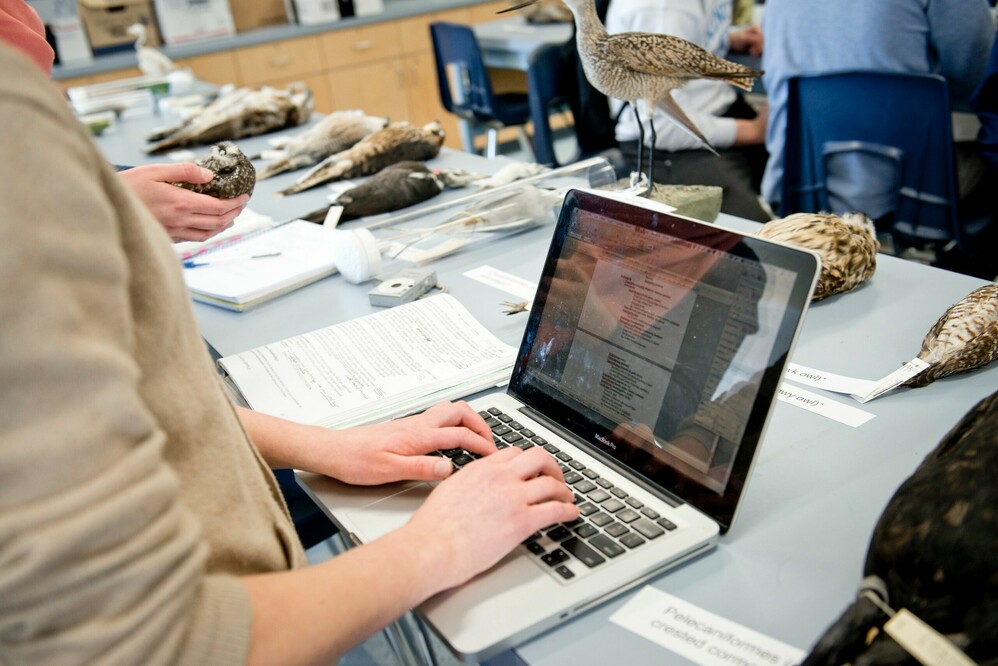Summer Research Projects

Hey everyone,
I hope your summer has been fantastic so far! During the summer, King's offers great research opportunities in a range of academic fields like Biology, Chemistry, and Computing Science. Some of our professors and students have been busy partaking in different research projects and I wanted to give you an insight of what their projects are like.
“Assessing Bird calls as an indicator of management needs for restoring endangered pines” -Dr. Vern Peters, Professor of Biology
“Whitebark pine and limber pine are both endangered species that rely on fire for natural regeneration, and even more so on the Clark’s nutcrackers, a relative of jays. We’ve been using sound recordings of Clark’s nutcrackers to estimate occurrence and abundance at sites, relative to key factors such as elevation, habitat type, and seed production. Normally, this requires many tedious hours listening to bird recordings, but this past year, we’ve been using acoustic analysis software that enables us to automate the detection of calls. Interestingly, we can train the software, to improve our automation of call detection, but have to contend with wind and rain events that limit our detection ability. Two key results thus far have been that the nutcrackers are clearly present in both low elevation limber pine habitat and high elevation whitebark pine habitat, and that the nutcrackers stick around even in years of cone failure of preferred species. This suggests that nutcrackers are present at the northern limits of 5-needled pines, despite the lack of other key conifer food sources. A proper understanding of nutcracker use of burned habitat is important to applying fire management in recovery actions for each of these endangered pines.”
“King’s Centre for Visualization in Science Research” - Ashley Elgersma, 5th year Chemistry
“I’m working on an online interactive learning tool to communicate the chemistry of climate change through the use of sound. The primary mechanism for increasing global surface temperatures is greenhouse gases in the atmosphere absorbing infrared radiation emitted by the earth. I’m converting the infrared spectra of greenhouse gasses into sounds to demonstrate their overlap with Earth’s blackbody curve, which is the distribution of radiation that earth emits. I’m hoping that this learning tool can be used to help all audiences understand the chemistry of climate change, including students with and without visual impairments. Stay tuned to see the final applet when it’s done!”
“CRDF Global Project” - Sydney Visscher, 3rd year Chemistry
"This summer one of the projects that I have gotten to be a part of is working with a group called CRDF Global to develop learning outcomes and storylines for what will eventually become two educational animated videos on chemical security and safety for undergraduate and graduate students at university in Libya. As part of this I have done some research on multi-use chemicals and how they have the potential to be misused for things like chemical weapons or illicit drugs, as well as research into typical lab safety procedures and practices and how we are able to prevent the misuse of these chemicals."
Well there you have it! I’d like to give a special thanks to Dr. Peters, Ashley and Sydney for taking the time to share with us their projects. Hopefully their work has got you inspired to take part in future projects here at King’s. If you’re also looking into getting a summer job and want to apply your learning, these summer research opportunities are worth looking into and might just be the perfect fit for you.
All the best,
Erykca